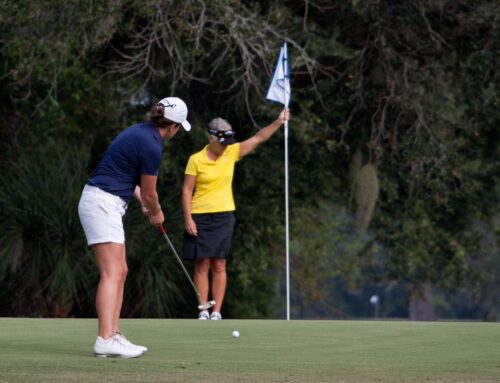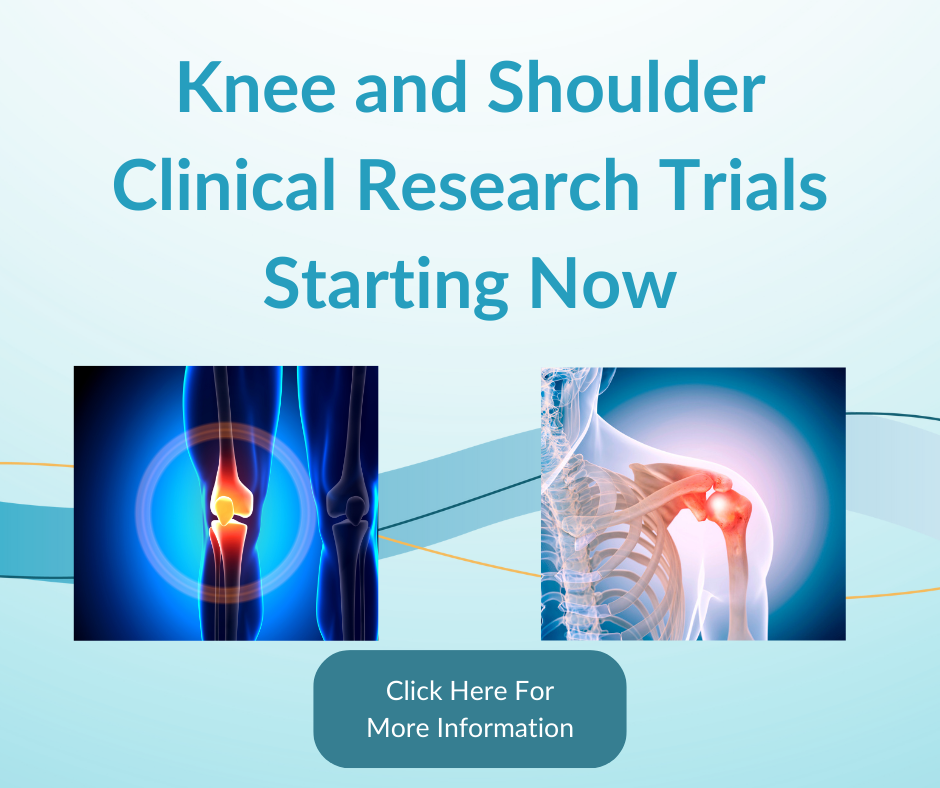 The smallest pains can sometimes be the most bothersome, especially if the pain occurs in a part of the body that you use so much through your day.
The smallest pains can sometimes be the most bothersome, especially if the pain occurs in a part of the body that you use so much through your day.
A toothache, a headache or even back pain are can affect the way you go through your day and how you limit your life to avoid it, but imagine having pain in a part of your body that you use quite often… even to brush your teeth, brush your hair and make yourself breakfast. This body part is something we need everyday and take for granted.
Figure it out yet? It’s the elbow.
The Importance of the Elbow
Though we don’t think about our elbows, or how much we use them, they are crucial to the way we live our lives. Imagine not being able to ever bend your arm, or ever stretch it out? Even the simplest tasks would be hard to accomplish.
So what exactly IS the elbow, when you break it down? The elbow is a hinge joint and provides rotation. It allows the arm to reach out in space. It also is the joint where three long bones meet in the middle portion of the arm. These three bones, the Humerus (upper arm bone), the Ulna (inner arm bone) and the Radius (outer arm bone) form to a hinge joint.
The elbow’s main purpose is to allow the arm to move like a hinge, forwards, backwards, inwards, outwards and in rotation. Tendons attached to the elbow are mainly the reason why elbow pain occurs.
Causes of Elbow Pain
Like mentioned before, the tendons attached to the elbow are the most likely causes of pain. When the tendons are injured, especially after a repetitive movement, inflammation of the tendons can occur, causing pain all over the elbow, which is warm to the touch but always with local tenderness.
Common Injuries That Cause Elbow Pain
Your doctor or physical therapist can provide treatments for elbow pain. Immobilization, anti-inflammatory medications and cold application are often used to soothe the pain.
Treatments for infections vary from drainage to antibiotics, or both.





